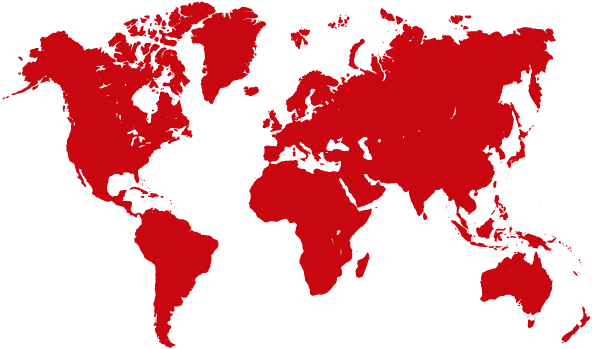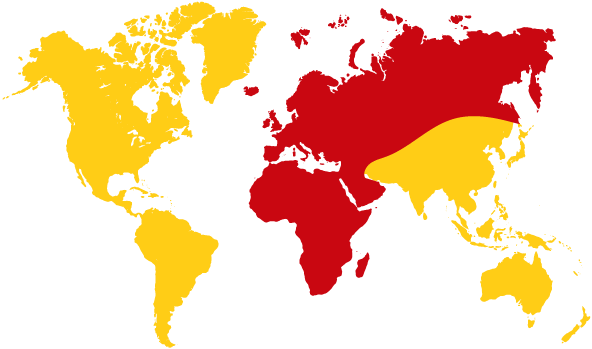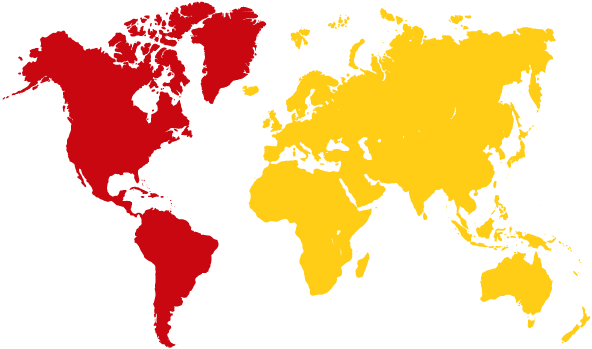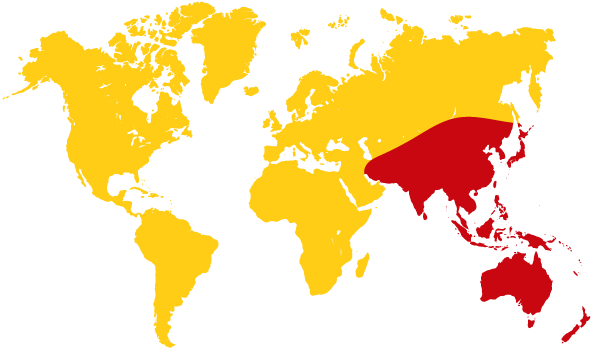Estimates of those people who died when monster Typhoon Haiyan (also called
Yolanda) hit the central Philippines on Friday ranges up to 10,000, with
many injured and nine million people affected.
The full damage and death toll of the fiercest typhoon ever recorded on land
has overwhelmed emergency services, supported by the military and at least
five major Ham Radio Emergency Operator network stations.
Ramon Anquilan DU1UGZ, of the Philippines Amateur Radio Association (PARA),
reports that among the chaos HERO stations are helping authorities and residents.
In Tacloban the capital of Leyte which was smashed by winds, its streets
filled by ocean surges and is now a swamp-like smelling mess.
Ramon DU1UGZ said that RADNET with Nathan Eamiguel DU5AOK, Vilma Eamiguel
DU5VIE, and the members of their local club are working hard.
“Their HF station is located on the second floor of the Tacloban City Hall,
powered by a generator maintained by the local government unit. Two metre
band communications is simplex because there is no electricity to power their
repeater.
“The VHF members serve as field personnel who go on various errands — verification
of requested information, liaison work, and bits and ends.
“The officers led by Nathan DU5AOK dispatch their members based on the priority
traffic handled by the HF station.”
He said the Tacloban HERO station has been used by the Red Cross to track
a relief vehicle verifying the welfare of its volunteers who were stopped
and ransacked by those impatient for aid to arrive.
Other requests for help came from the National Telecommunications Commission
(NTC) regional office in Tacloban that needed hand-held radio contacts.
In his report he talks of another local club ACCESS 5 attached to responding
government agencies and relief organisations. A military HF station is linked
with the National Disaster Risk Reduction and Mitigation Council (NDRRMC)
which is located inside Camp Aguinaldo in Quezon City.
“However ACCESS 5 is using VHF very effectively acting as guides for rescue
and retrieval teams in the field, just like some RADNET volunteers,” said
Ramon DU1UGZ.
In Eastern Samar, Lester Price DV5PO (also ZL5PO) based in Borongan is providing
valuable situation reports. Lester and his wife had a very lucky escape -
they held on to the doors of their house for four hours until the surge waters
receded, that claimed around 500 lives in the coastal barangay or village
alone.
Another third HF station activated by the Department of Science and Technology
(DOST) is using equipment from Nathan DU5AOK and his friend Dominique walked
half a day to the government centre in Palo and the DOST Regional Office.
Dominique, who is actually the office driver, and the Regional Director,
Dr Eduardo Esparancilla alternate as operators.
In DU7 (Cebu, Bohol and Negros Oriental islands including the island province
of Siquijor), the Cebu Amateur Radio League (CARL) has dispatched a team
to the Municipality of Bantayan — located in the northern tip of Cebu.
This municipality is the hardest hit in Cebu with an estimated 90 per cent
of structures levelled. The CARL team (previously reported on) is handling
HF traffic. Another component is the Chocolate Hills Amateur Radio League
(CHARL) based in Tagbilaran City in Bohol — an area struck by an intensity
7.2 earthquake recently.
The club station DU7BC along with its members Gerry Marmito DU7AU, Ador Lamoste
DU7AL are ready to monitor and relay messages between Tacloban and the principal
receiving stations.
The third DU7 component is from Dumaguete City. Roy Alcantara DU7DDJ together
with James DU7JGU (Island Province of Siquijor) are leading NORAD‑7 with
long range communications to the Dumaguete local government unit passing
traffic from Tacloban to their area in Negros island. NORAD‑7 members also
act as field operators and runners.
In DU6 (Panay, Negros Occidental and neighbouring islands) heard are Bobby
Garcia DU6BG in Iloilo, Iver Astronomo DV6ILA and Arnel DV6WAV in the Roxas
Provincial Capitol as they are embedded with the Provincial Disaster Risk
Reduction and Mitigation Council (PDRRMC).
Scattered all over the archipelago of the Philippines are stations receiving
outgoing traffic from Tacloban and the other affected areas.
Among them are Jojo DU1VHY, Thelma DU1IVT, Romy Isidro DV1SMQ and Max 4F1BYN
— acting as the main receiving stations on a rotational basis since HERO
activation began.
Other stations are also active in receiving outbound welfare traffic, mainly
to inform family members and relatives of their conditions — Totie DV1TEE,
Lito DU4DF, Atty. Albert DU4ABA, Bobby DU6BG, and Ramon DU1UGZ.
On standby as relays are Doc Piciong DV9DOC, Marlu DU8WX, Butch DU1RP (PARA
SecGen on his mobile station in Davao City), and others.
Another facet of the operations is the use of Echolink by CARE‑4 in Naga
City (DU4) and COMPASS in Tondo, Manila (DU1).
Ramon DU1UGZ said, “Basically, the Tacloban and other stations in the disaster
areas permit only outbound traffic as priority messages.
“This is a policy decision by NTS Co-Chair Jojo DU1VHY and as requested by
RADNET. We can classify the messages as follows: We Survived Messages, institutions/government
agencies to their central or partner offices in Manila, and urgent requests
for specific form of assistance or relief items.?
The relief and retrieval operations are moving slowly and the HERO operations
are probably going to last a week or more from today.
He said that Telecoms companies are steadily restoring cellular mobile services
and today there was intermittent limited coverage in Tacloban.
“As the primary telecoms services are restored, there will be less reliance
on the amateur radio service in Tacloban.
“This will mean a more difficult period because the remote areas not reached
yet by government and other agencies will now demand communication links.
?Our assets will be thinly spread resulting in gaps which only a robust service
such those found in first world countries,”” said Ramon DU1UGZ.
Currently an average of one to two minutes is spent per message, and depending
on band conditions, the rate of traffic per hour would be 40 to 60 messages.
A more in-depth analysis is not possible until all HERO stations are closed
and submit their log details.
Ramon DU1UGZ notes that news media has started to notice ham radio, but don’t
understand that the HERO network is playing an important role in the disaster.
“Although there’s some very brief TV exposure they are yet to adequately
report on the voluntary service it provides, and the emergency communications
to the agencies and community in times of disaster,” he said.
The typhoon cut a path of destruction in central Philippines on Friday, but
the fast-moving Category 5 weather system missed the densely populated capital
of Manila.
Philippines President Benigno Aquino inspected Tacloban City where almost
all buildings were lost as huge surge waves came through its streets. He
pledged that local authorities are to house about 45,000 families and give
them food.
The President said he was lost for words to adequately describe the enormity
of disaster affecting 36 provinces. He has declared a national calamity.
A large international relief effort is under way although it remains mostly
chaotic with rescue workers struggling to reach some remote areas. Some 22
countries and the European Union have pledged help.
Also the losses include 71,000 hectares of agricultural land with crops of
rice and corn hardest hit.
— Jim Linton VK3PC, Chairman IARU Region 3 Disaster Communications Committee.



